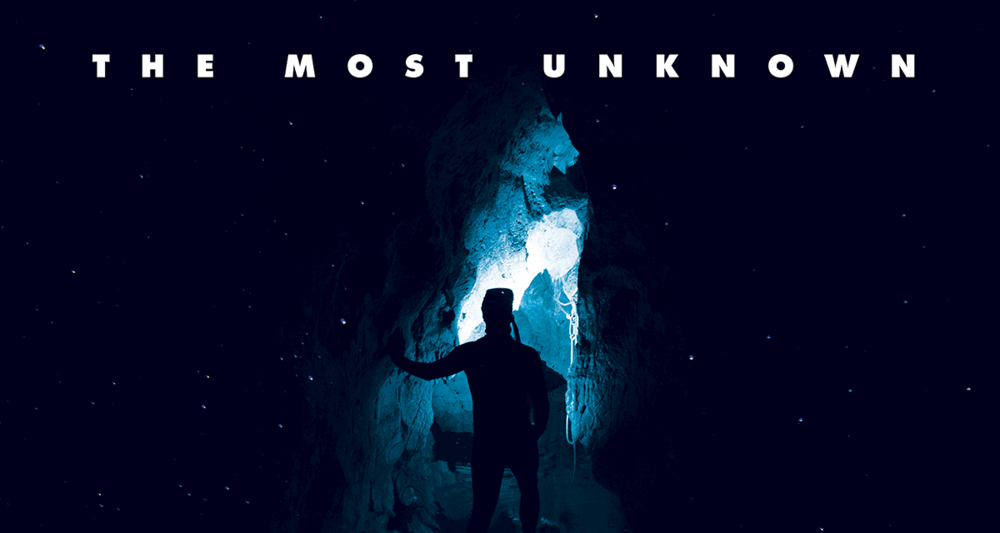
“Nobody is good at translating what they do for different audiences, and the more you practice that, the better you get.” “Really, the truth is that you have to practice,” Macalady said. The trope of the introverted, antisocial scientist toiling away in their lab is so pervasively embedded in popular culture today that scientists have to actively fight against it. Not everyone can get this hyped about microbial cities of cave snot. It took years before she got to the point where she was making observations freely in the cave, letting go of the hesitation that our surface-senses try to cling to: Will I slip here? Is my foot in the right spot? What was that sound? All that uneasiness faded away over the months and years of expeditions, until all that was left was the exploration.Ĭonveying a love for the slime, and especially the kind of thrill Macalady and scientists like her feel when she finds a really good, really gooey specimen, isn’t always an easy task. It was the alien environment, a completely new circumstance, and completely absorbing.” “When I came out, there was my son's father walking back and forth across across the cave entrance with this crying baby. “I was so absorbed by what I was doing, eight hours went by and it felt like five minutes,” she recalled, still awestruck at how that could have happened. She left him with his father, and went down. The first time Macalady ever went caving, her oldest son, Luca, was just eight months old, and still breastfeeding.

These days, Macalady doesn’t get to spend as much time as she’d like in the field, chasing that awe that her astronomy students felt when she led them underground for the first time. “It's about analogues: how life might be in the past on Earth, which is really like a different planet, or on other planets in the solar system or beyond,” she said. If we’re going to find life in space, it's likely to be microbial, because that’s what our own planet’s life looked like for billions of years. “There are lots of things we don’t understand and maybe can't even imagine about how a microbe-only ecosystem works, so one of the things we try to do is go places on the modern Earth where there are microbe-only ecosystems to try to study those, to learn about how the ancient Earth might have worked,” Macalady explained. In caves like the Frasassi, geomicrobiologists get a glimpse of the earth’s earliest history through the slime they collect. The first “slimes” that are preserved in the fossil record are as old as 3.5 billion years.

"It was the alien environment, a completely new circumstance, and completely absorbing.” Together, giant communities of microbes can often be seen.


But they like to grow attached to surfaces, in diverse communities of species that all live together-and caves are one of the places they gather. When she’s caving, she’s seeking what she calls “the slime.” Most of the trillions of species of life forms on Earth are microbial, which means that individually, with the naked eye, they're too small to see. Macalady has studied geology and soil science, but it wasn’t until she was hired by the Penn State Astrobiology Research Center that she finally began thinking of herself as an astrobiologist.


 0 kommentar(er)
0 kommentar(er)
